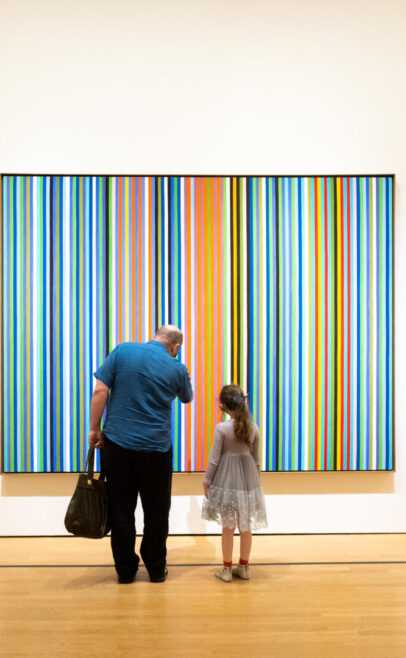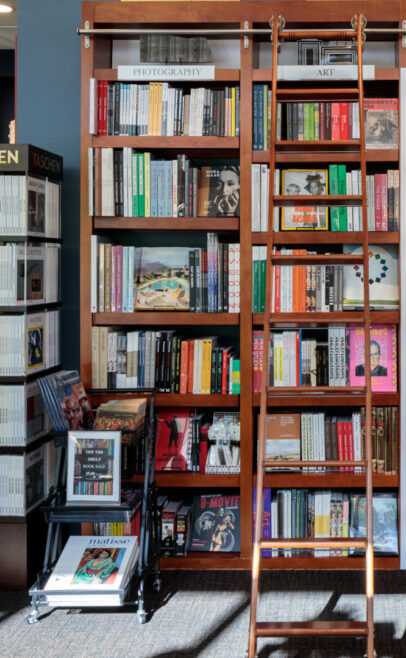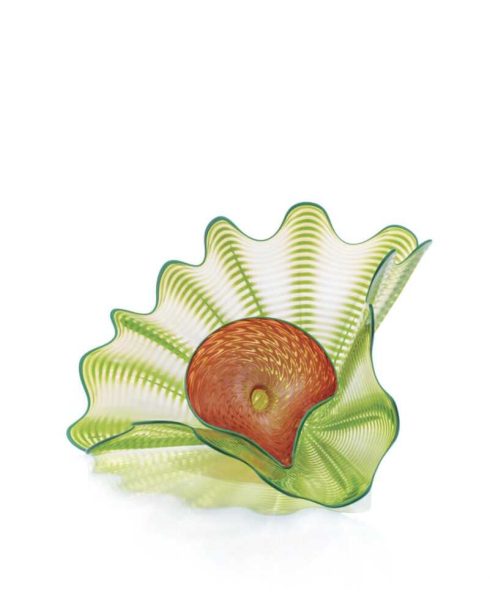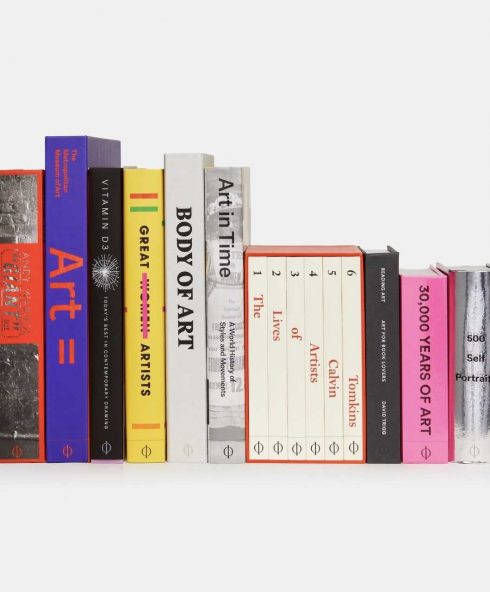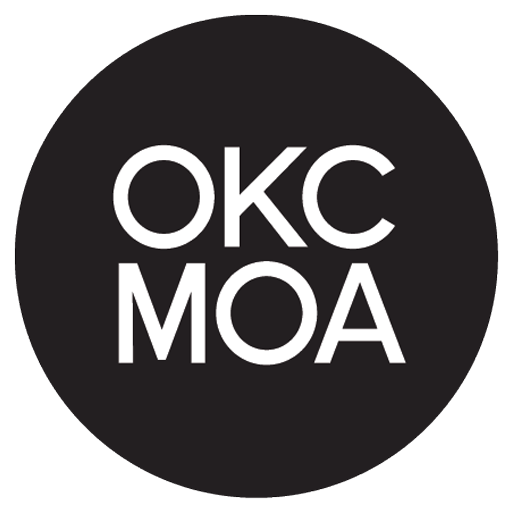Turner to Cézanne: Masterpieces from the Davies Collection, National Museum Wales, June 25 – September 20, 2009, presented a selection of 47 paintings and 11 important works on paper. These works revealed the cross-currents between artists and movements that propelled nineteenth-century painting from the romantic naturalism of J.M.W. Turner to the post-impressionism of Paul Cézanne. The works were drawn from the collection of Gwendoline and Margaret Davies, Welsh sisters who were among the most important art patrons in Europe at a key moment in the history of painting. The exhibition included eight works by Turner, five by Jean-François Millet, three each by Camille Corot and Claude Monet, and two each by Cézanne, Edouard Manet, and Pierre-Auguste Renoir. It was organized by the American Federation of Arts and National Museum Wales and supported by an indemnity from the Federal Council on the Arts and the Humanities.
Gwendoline (1882-1951) and Margaret (1884-1963) Davies were born in the Welsh village of Llandinam. They were grandchildren of the famed industrialist and philanthropist David Davies and enjoyed a privileged upbringing. After attending private school near London, the sisters traveled extensively throughout Europe and began acquiring art. They quickly established themselves as important patrons and were among the first to purchase works by Corot, Honoré Daumier, and Millet. The Davies’s extensive knowledge and financial independence allowed them to spend more than 110,000 (approximately $12 million today) building their impressive collection by 1913. The sisters ceased collecting at the outbreak of World War I in order to focus on charitable activities, including a volunteer stint with the Red Cross in Troyes, France. In 1920, they purchased a mansion called Gregynog near their childhood home in Wales, which they soon turned into a forum for arts and culture, attracting an international circle of educators, artists, and politicians. Their steadfast belief in advancing the study, practice, and appreciation of art in Wales led them to donate their collection of 260 paintings and works on paper to National Museum Wales. Margaret bequeathed Gregynog to the University of Wales in 1960, shortly before her death.
Turner to Cézanne began with late works by the British master J.M.W. Turner (1775-1851), including Morning after the Wreck (ca. 1840) and The Storm (ca. 1840-45). Turner’s oils and watercolors presage modern painting with their emphasis on loose, painterly brushwork, first-hand observation, and atmospheric effects. His revolutionary break with the mandates of mimesis, or exact copying of nature, would later have a tremendous impact on the impressionists, particularly Claude Monet (1840-1926). Turner’s influence is readily apparent in Charing Cross Bridge (1902), one of the three canvases by Monet in the exhibition. Monet’s own brushstroke became increasingly fractured and his palette more tonal as he studied Turner’s oeuvre during sojourns to London.
In France, the work of the Barbizon school paralleled Turner’s romantic naturalism. Breaking from the traditions of classical landscape painting and biblical subject matter, artists such as Camille Corot (1796-1875) and Jean-François Millet (1814-1875) left their studios to paint, or outdoors. The three paintings on view by Corot include Distant View of Corbeil (ca. 1870), which depicts an idyllic landscape with a harmonized palette and feathery brushstrokes. Millet’s unfinished Winter: The Faggot Gatherers (1868-75), a haunting image of peasants from Normandy, underscores the many radical changes-including a new appreciation of the creative act itself and an elevation of scenes of modern life from secondary to primary importance-that propelled French art toward impressionism and post-impressionism. Although misunderstood in its own day and sometimes perceived as conservative in ours, the Barbizon school was integral to the rise of modern art and opened the door to artists of many genres seeking to explore a new realism in France.
Following the precursors of Turner and the Barbizon school, the exhibition presented an important early work by Edouard Manet (1832-1883): Effect of Snow at Petit-Montrouge (1870). Often described as Manet’s first impressionist work, the painting conveys the unflinching scene of destruction in the suburbs of Paris during the Franco-Prussian War (1870-71). Applying broad, fluid strokes of gray, brown, and white directly onto the canvas, the artist perfectly captures the unique half-light of a dreary winter’s day, an effort that foreshadows his interest in effets de neige, or snow effects. Following Corot’s precedent by working on the spot and sur le motif, or from the subject (there is no discernible under-drawing in the work), Effect of Snow at Petit-Montrouge is a first instance of the spontaneity and direct observation that would characterize impressionism.
In addition to the strikingly modern work by Manet and Monet, including the latter’s renowned Waterlilies (1906), the exhibition featured Pierre-Auguste Renoir’s masterpiece La Parisienne (1874), which demonstrates impressionism’s commitment to depicting modern life. The painting depicts the beautiful young actress Henriette Henriot directly confronting the viewer with a coquettish gaze. Rather than naming his sitter, Renoir presents her as a social type-the beguiling ingénue seen at the theater or in the shops and cafés of Paris. This follows the proclamation of nineteenth-century poet Charles Baudelaire, who called for contemporary artists to engage with modern life.
The exhibition culminated with several post-impressionist works, including paintings by Cézanne and Vincent van Gogh. In 1918, Gwendoline Davies bought Cézanne’s Provençal Landscape (ca. 1877) and The François Zola Dam(ca. 1877-78), one of Cézanne’s most admired paintings. A few years later, she acquired van Gogh’s magnificentRain-Auvers (1890). This evocative image, which dates to the last week of the artist’s life, conveys a sense of solitude through its open, panoramic composition.
Turner to Cézanne was accompanied by an exhibition catalogue, published in soft cover ($39) and hardcover ($60).
The audio tour for Turner to Cézanne was provided by The Columbia Museum of Art Public Programming Department and ETV and Radio of South Carolina.
EDUCATOR RESOURCES
Exhibition Highlights
Family Activity Guide
Fun Facts
TURNER TO CÉZANNE EXHIBITION SPONSORS
Ad Astra Foundation
Clements Foods Foundation
Jean I. Everest Foundation
James & Virginia Meade
Meinders Foundation
Oklahoma City Convention and Visitors Bureau
